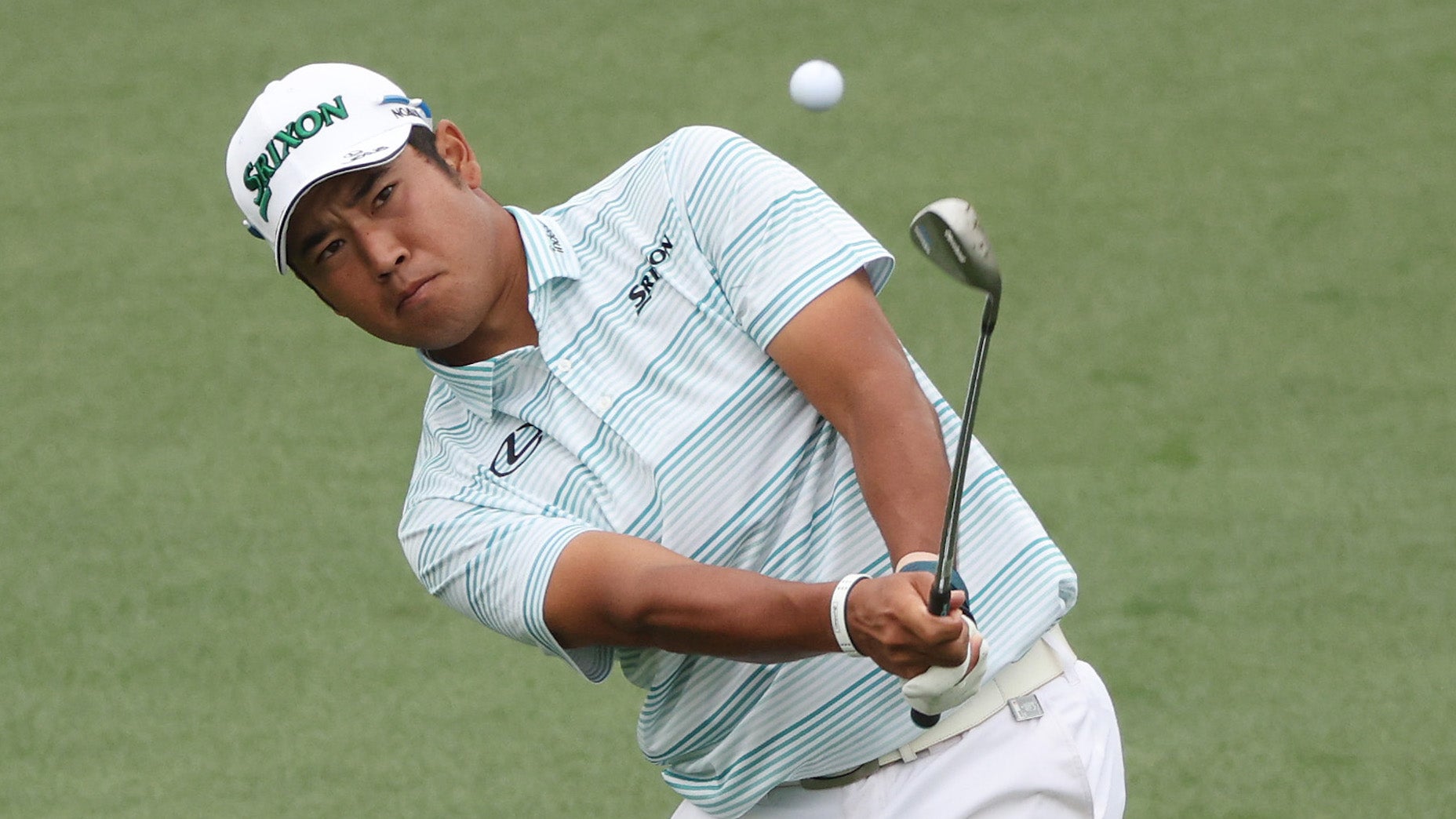Welcome to Gear Questions You’re Afraid to Ask, a GOLF.com series produced in partnership with Cleveland Golf. This week we offer 5 tips for golfers wondering how to find the right wedge for them.
***
When it comes to wedges, there’s a lot to consider in terms of head shapes, lofts, sole grinds and bounce angles. It seems there’s a different type of wedge for any function, ranging from wedges built for versatility to models that come with added forgiveness. But really, the overall design of a wedge is just the beginning in terms of how it works. Any given wedge will perform it’s best if and when it’s calibrated not only for your swing type, but also for the types of courses you usually play.
To help, we’ve put together a handful of tips to help make it easier to choose the perfect wedge setup, as well as highlight some additional aspects of wedge buying that perhaps you’ve yet to consider.
Tip 1: Higher-lofted wedges aren’t necessarily easier to use.
Unlike your other clubs where higher-lofted models tend to be more forgiving, higher-lofted wedges are often more difficult to wield. Lob wedges (58-degrees or higher) actually require more precision than do their lower-lofted counterparts, something especially true for golfers who tend to hit their fair share of fat or thin chip shots around the green.
Tip 2: Choose the right bounce based on two factors, not just one.
The common wisdom is that high-bounce wedges tend to be more forgiving, especially for players with steep swings. Furthermore, golfers with shallow swings are better fit for low-bounce wedges. Truth is, that’s only half the equation since the type of course you tend to play on should be factored into the buying decision, too.
For example, a high-bounce wedge is probably better for soft or soggy conditions, and/or for sand that is fluffy and light. Having some extra bounce on those types of conditions could be beneficial. Conversely, if you play on firm conditions, and/or in thick sand, a low-bounce wedge might be better for you regardless of your attack angle. We suggest you choose the right wedge bounce angle based on your swing first, then consider a higher/lower bounce option based on the courses you play on. Better yet, consider buying duplicate wedges with different bounces for different courses.
Cleveland Golf CBX Full-Face Wedge
Tip 3: Anything goes nowadays. Your perfect wedge might look like a streamlined blade, or it could look like a cavity-back iron with a hybrid-sized sole.
Wedge technology and design has progressed tremendously, and some of today’s most popular models have an added boost of game improvement to prevent the two most common kinds of misses with the wedge — chunked and bladed shots. If this sounds like you, and you want a wedge that will deliver consistency and you’re not mired in needing added versatility, something like Cleveland’s Smart Sole 4 is just the ticket. It has a deep cavity and wide sole for extreme forgiveness — both on turf and in the sand.
Tip 4: Don’t overlook the shaft.
Funny how little attention wedge shafts get — here’s to hoping we can change that. Most wedges sold off the rack come in what’s called “wedge flex,” which usually means it’s a stiff-flex shaft. Okay, but what if you play regular flex shafts in your irons? If that’s you, then a wedge flex shaft might feel too stiff. On the other hand, many better players like the way a softer wedge shaft feels and performs, so it’s not uncommon to see a good player using extra-stiff iron shafts paired with stiff shafts in the wedges. There’s no right or wrong answer — it’s up to you to pay attention to how your wedge shaft feels and performs. You may find you prefer a softer or stiffer wedge shaft. Or, like many, you might prefer a shaft that matches the flex and weight of your iron shafts.
Tip 5: Wedges can be bent as needed.
Here’s a little secret you may not realize. Many Tour players play wedges that have been bent to precise lofts. Meaning a player might carry a wedge that’s stamped as a 60-degree wedge, but it’s been bent to, say, 59-degrees or 61-degrees. In addition to adjustments in lofts, it’s not uncommon to find players using wedges that are bent with flatter lie angles to lessen heel-to-ground contact and to make it easier to hit open-faced shots. Your wedge is likely bendable — check with your clubfitter to be sure, and also to determine if a slight bend in loft and lie can help you play better.
Want to overhaul your bag for 2021? Visit the expert fitters at our sister company, True Spec Golf. For more on the latest gear news, check out our latest Fully Equipped podcast below.
